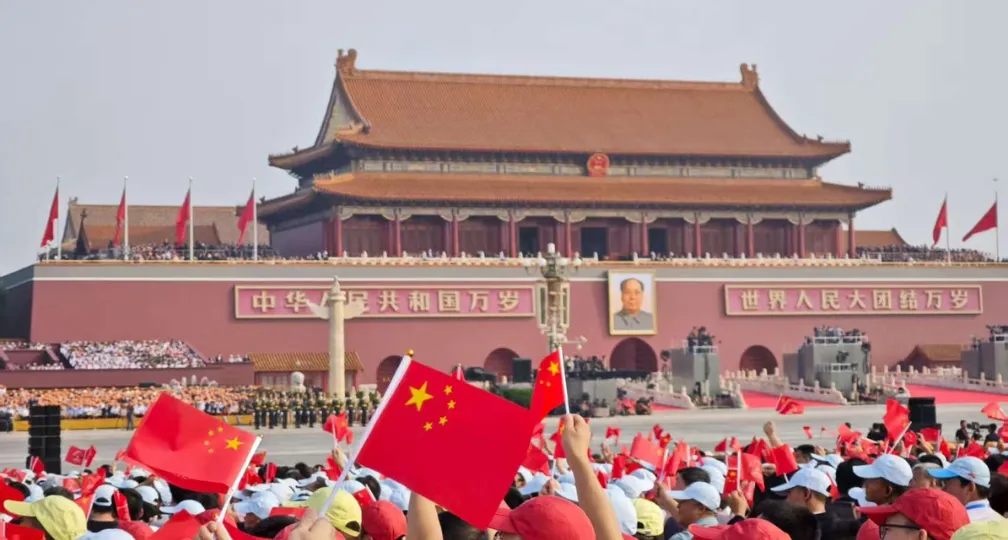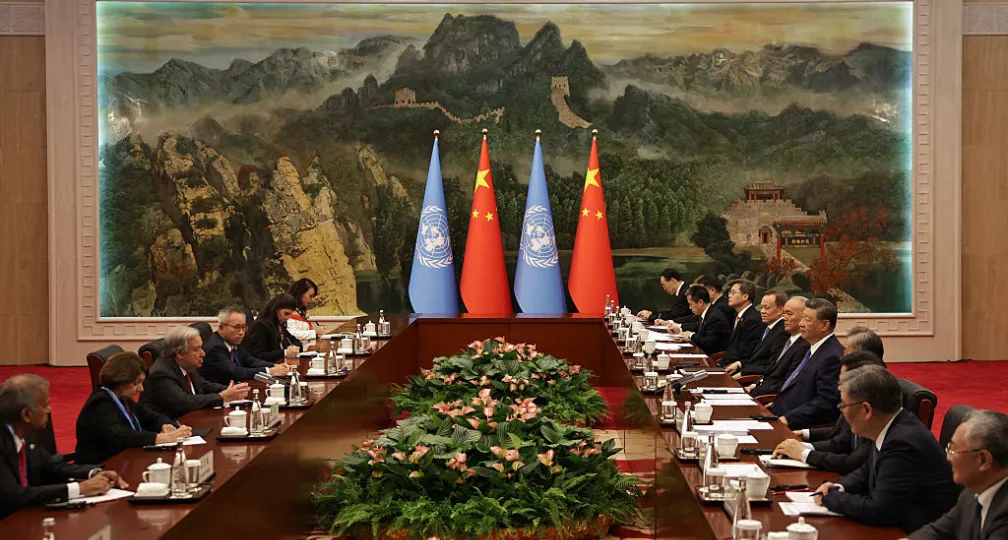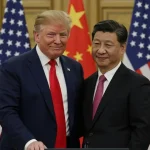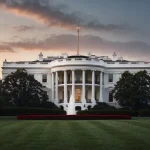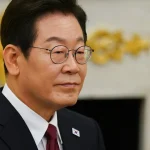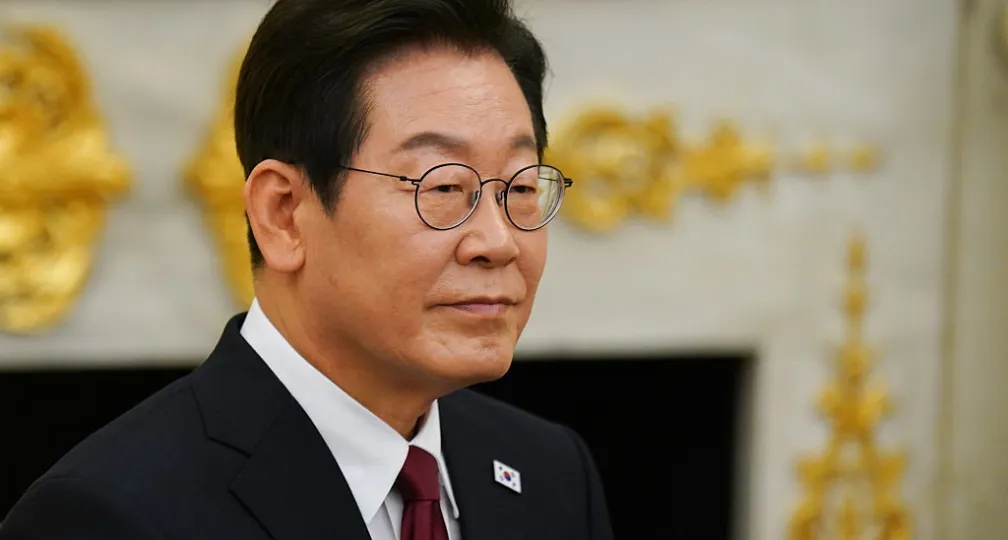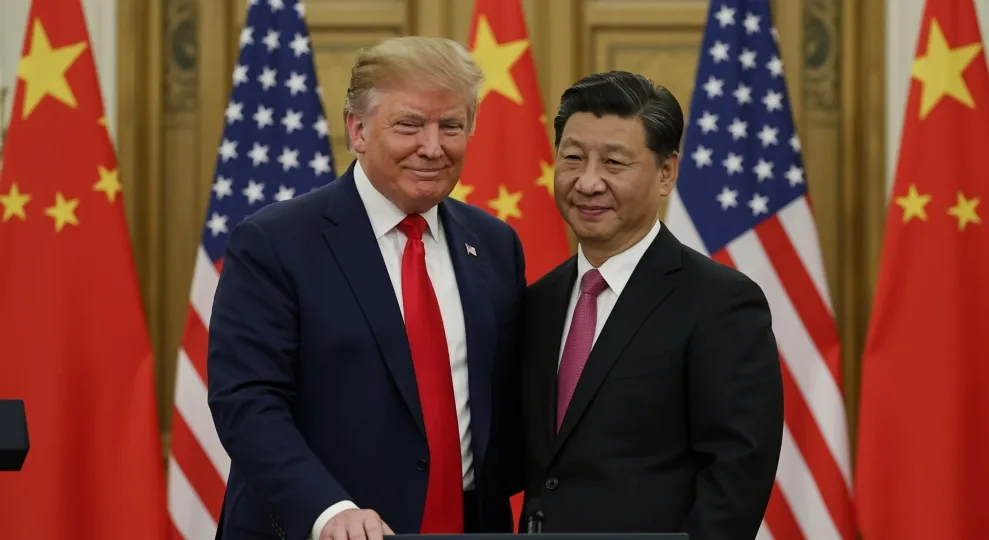Trump’s Tariffs Might Be Here to Stay – No Matter Who’s in Power
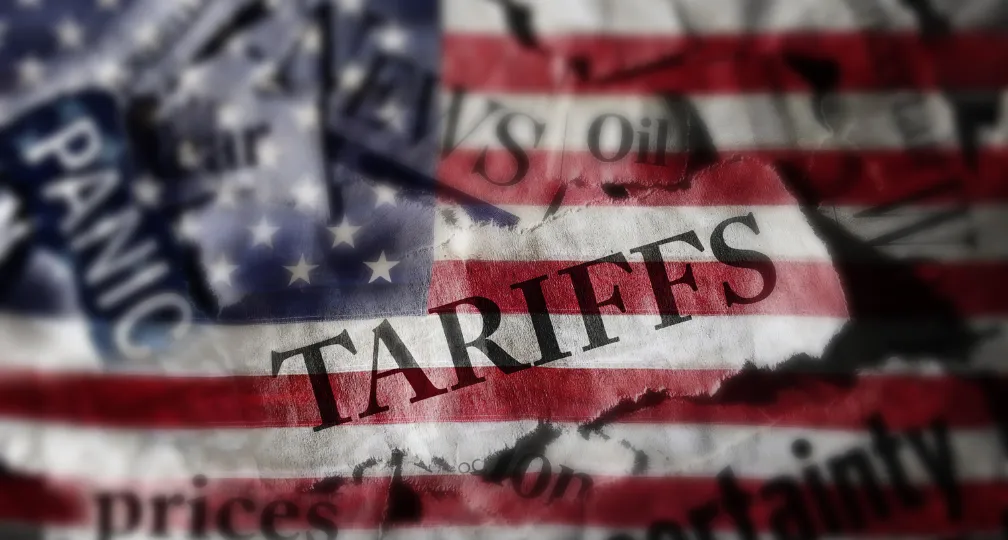
The latest regulatory developments on economic security & geoeconomics
By Paul Nadeau, Visiting Research Fellow, Institute of Geoeconomics (IOG)
U.S. Rolls Back Tariffs on Ag Products: On November 14, Donald Trump issued an executive order to roll back reciprocal tariffs on certain agricultural products, including some imports of beef and products not usually grown in the United States such as coffee, bananas, coconuts, pineapples, chestnuts, cashews and spices like cinnamon, cumin, cocoa powder and coriander. The move comes amidst concerns among U.S. consumers about inflation and affordability of groceries as analysts said that Trump’s tariffs were leading to a 10 to 40 percent price increase on prices.
ROK Makes Digital Rules Pledge to U.S.: South Korea pledged not to discriminate against U.S. digital firms or impose “unnecessary regulation” as part of a joint fact sheet on the tariff agreement reached between South Korea and the United States last month. The announcement comes amidst Korea’s consideration of the Online Platform Regulation Act, which could designate major platforms as gatekeepers and make them eligible to fines, similar to the European Union’s Digital Markets Act. The United States has achieved similar assurances in its agreements with Argentina, Ecuador, El Salvador, Guatemala, and others.
U.S. Grants Hungary Russia Oil & Gas Exemption: The Trump administration gave Hungary a one-year exemption from sanctions for purchasing oil and gas from Russia following a meeting between Hungary’s Prime Minister Viktor Orban and U.S. President Donald Trump. As a result of the meeting, Hungary also committed to buy $600 million of U.S. liquified natural gas (LNG) products. The International Monetary Fund estimates that Hungary purchased roughly 74 percent of its gas and 86 percent of its oil from Russia in 2024.
Dutch Government Withdraws Nexperia Plan: The Dutch government suspended its September 30 effort to take control of Nexperia, a subsidiary of Wingtech, a Chinese company with affiliations with the Chinese government. In response to the Dutch government’s initial effort take control of the company, the Chinese government retaliated on October 4 by blocking exports of Nexperia’s finished products, a move which itself was relaxed as a result of the meeting with Donald Trump and Xi Jinping in Pusan, South Korea. The Dutch government’s effort is seen to further reduce tensions between China and the European Union.
U.S. Sanctions Iran Drone Network: On November 12, the U.S. Treasury Department’s Office of Foreign Assets Control (OFAC) announced that it would target 32 individuals and entities based in Iran, the United Arab Emirates (UAE), Türkiye, China, Hong Kong, India, Germany, and Ukraine that operate multiple procurement networks supporting Iran’s ballistic missile and unmanned aerial vehicle (UAV) production.
U.S. Builds on Iran Oil Sanctions: The U.S. Treasury Department’s Office of Foreign Assets Control (OFAC) announced on November 20 that it would sanction a network of front companies and shipping facilitators that bankroll the Iranian armed forces by selling crude oil, building on recent sanctions in February and May targeting Iran’s military oil exports.
Analysis: Trump’s Tariffs Might Be Here to Stay – No Matter Who’s in Power
In just under a year, the United States will hold its midterm elections where voters select the membership of the House of Representatives and one-third of the Senate. While not as high profile as presidential elections, they can sometimes be similarly consequential. Voters will often use midterm elections to offer an early verdict on the incumbent administration and will frequently rebalance the partisan order by giving a boost to the president’s opposing party. The most dramatic example may have been the 1994 “Republican Revolution” when Republicans flipped both chambers of Congress and thereafter followed a more confrontational approach in their relationship with Democratic President Bill Clinton. Democrats may now feel like something similar is attainable in 2026 with Donald Trump’s approval ratings dropping and with Democrats picking up significant wins earlier this month in New York, New Jersey, Virginia, and else. For international audiences, the hope is probably that the outcome of the midterms may give them a reprieve from Trump’s tariff program – a fair wish, but one that might disappoint.
The reasoning behind that hope is that Trump and his tariffs will become so unpopular if and when Congress flips, that reversing the tariffs might be an easy “turn the page” moment to reassure domestic audiences about inflation and diplomatic audiences about a possible end to American economic coercion, or that Democrats may use their subpoena power in the House of Representatives to launch investigations into the Trump administration’s conduct or even impeachment enquiries so that Trump will be too distracted domestically to continue his tariff onslaught.
There are a few reasons why that hope is overoptimistic. The first is that Trump hasn’t needed or wanted congressional help for his tariff program. If Trump didn’t want to engage Congress on tariffs with Republican control of both chambers, he certainly won’t want to engage Congress with the opposition Democrats in control of one or both chambers. While the Constitution gives Congress the power to impose tariffs, Trump’s tariff strategy, relying on the International Economic Emergency Powers Act (IEEPA), Section 232, and Section 301 have all kept Congress on the sidelines. Even if the Supreme Court overturns Trump’s use of IEEPA to impose tariffs, he’ll almost certainly continue a tariff program that doesn’t require congressional input, and he has plenty of options at his disposal. Even the one area where Congress could reassert itself by removing the state of emergency under which IEEPA tariffs have been imposed would be moot if the IEEPA tariffs are pulled back by the Supreme Court.
The second reason is that there’s a good chance that the political composition of Washington changes little after the midterms. The main political analysis websites estimate that 12-19 seats in the House of Representatives will be up for grabs (out of a total of 435), with Republicans needing fewer seats to retain a majority than Democrats need to attain a majority, and most models at this point predict that Republicans will narrowly retain control of the Senate. It’s true that historically midterm elections tilt against the president’s party and that Trump’s approval rating of under 40 percent is historically low, but those factors may not translate into Democratic wins this time. Elections aren’t won on the national mood but in individual races, and competitive gerrymandering has reduced the number of competitive seats to a handful making big gains less likely, while partisan polarization has lowered the ceiling and raised the floor for a president’s approval rating as supporters are more “baked in” to their support than in the past. Regardless of the different factors, a year is a long time in American politics, and any number of things could happen that might impact the outcome, but a 1994-style wave seems like a stretch at this point.
The final reason is that both parties may decide that they like tariffs. Generally, tariffs are said to be “sticky”, that they may not be politically popular, but governments (and their citizens) get so used to the revenue they bring in that it’s hard to remove them. Michigan governor Gretchen Whitmer, a Democrat, recently wrote an opinion piece in the Washington Post arguing “If we’re going to do tariffs, let’s do them right”, acknowledging that Trump’s tariffs are inflating prices, but that the revenue should be reinvested in American businesses. It’s a view that’s consistent with a broader turn towards industrial policy, where greater government support and barriers on foreign trade that supporters believe can combine to help reinvigorate American manufacturing and expand employment. It could also be a grim signal for those concerned about the investment commitments made by the EU, Japan, and South Korea if Democrats see those commitments less as a shakedown and more as easy money that just needs a better framework. If nothing else, Trump created a template for soliciting commitments to invest. Future agreements might seem accommodating after Trump’s approach and those commitments may prove addictive if they’re seen to work.
It’s also not just the tariff revenue that’s appealing to the United States; it’s the coercive power. Not all of the tariffs will go away – tariffs on China in some form will remain along with export controls and other restrictive measures and some national security tariffs will remain. But it’s hard to give up on coercive tools once they’re established. This has already been seen in many of the tools initially implemented during the War on Terror such as drone warfare, financial surveillance, “smart” sanctions, and more. Even the most controversial and legally dubious of those tools had a remarkable staying power no matter which party was in power.
In this case, what’s controversial among Americans is inflation rather than the tariffs themselves, and, as Governor Whitmer’s op-ed suggests, they may see this as a case of Trump getting the approach wrong but the issue right. In any case, the incentives in U.S. politics may lean more heavily towards the Trump-designed status quo remaining in place rather than reverting to the old ways. While there’s plenty at stake in the midterm elections, those hoping for a reprieve from tariffs and economic coercion may be disappointed.
(Photo Credit: iStock)
Disclaimer: The views expressed in this IOG Economic Intelligence Report do not necessarily reflect those of the API, the Institute of Geoeconomics (IOG) or any other organizations to which the author belongs.
API/IOG English Newsletter
Edited by Paul Nadeau, the newsletter will monthly keep up to date on geoeconomic agenda, IOG Intelligence report, geoeconomics briefings, IOG geoeconomic insights, new publications, events, research activities, media coverage, and more.


Visiting Research Fellow
Paul Nadeau is an adjunct assistant professor at Temple University's Japan campus, co-founder & editor of Tokyo Review, and an adjunct fellow with the Scholl Chair in International Business at the Center for Strategic and International Studies (CSIS). He was previously a private secretary with the Japanese Diet and as a member of the foreign affairs and trade staff of Senator Olympia Snowe. He holds a B.A. from the George Washington University, an M.A. in law and diplomacy from the Fletcher School at Tufts University, and a PhD from the University of Tokyo's Graduate School of Public Policy. His research focuses on the intersection of domestic and international politics, with specific focuses on political partisanship and international trade policy. His commentary has appeared on BBC News, New York Times, Nikkei Asian Review, Japan Times, and more.
View Profile-
 Is China Guardian of the ‘Postwar International Order’?2025.12.17
Is China Guardian of the ‘Postwar International Order’?2025.12.17 -
 Japan-India Defense in a Fragmenting Indo-Pacific2025.12.10
Japan-India Defense in a Fragmenting Indo-Pacific2025.12.10 -
 The “Economic Security is National Security” Strategy2025.12.09
The “Economic Security is National Security” Strategy2025.12.09 -
 India - Japan: The Glimpse of a Shared Vision2025.12.05
India - Japan: The Glimpse of a Shared Vision2025.12.05 -
 Beijing’s ‘Globalist’ Agenda Under Trump 2.02025.12.01
Beijing’s ‘Globalist’ Agenda Under Trump 2.02025.12.01
 Event Report: The Trump Tariffs and Their Impact on the Japanese Economy2025.11.25
Event Report: The Trump Tariffs and Their Impact on the Japanese Economy2025.11.25 The Real Significance of Trump’s Asia Trip2025.11.14
The Real Significance of Trump’s Asia Trip2025.11.14 The “Economic Security is National Security” Strategy2025.12.09
The “Economic Security is National Security” Strategy2025.12.09 The long road to a South Korea-U.S. trade deal2025.11.26
The long road to a South Korea-U.S. trade deal2025.11.26 India’s Structural Reforms: Opportunities and Risks2025.11.14
India’s Structural Reforms: Opportunities and Risks2025.11.14


